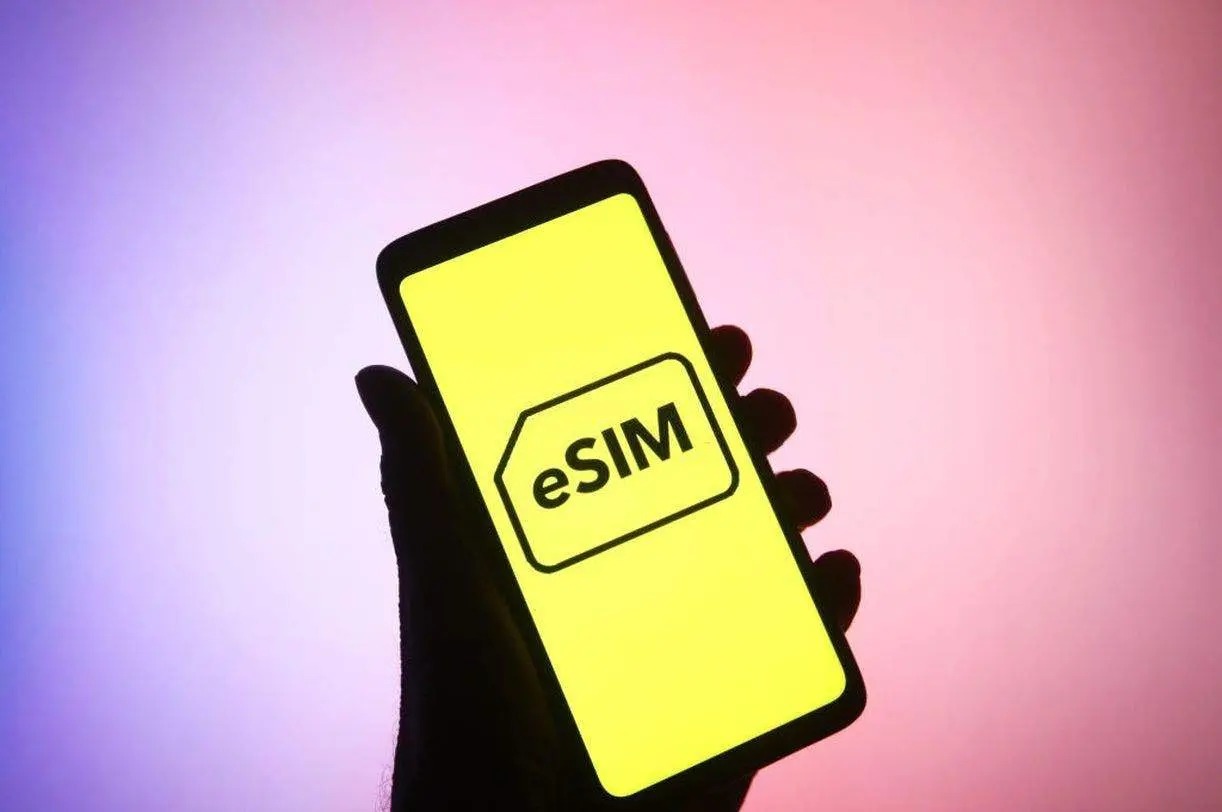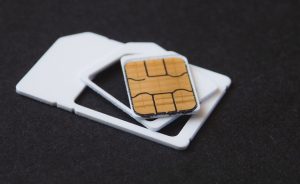What is a Digital SIM Card?
A digital SIM card, also known as eSIM (embedded SIM), is a virtual, software-based alternative to the physical SIM card used in mobile devices. Unlike traditional SIM cards that are inserted into a device, a digital SIM is integrated into the device’s hardware and can be programmed and reprogrammed over the air. This innovation represents a significant shift in the way mobile connectivity is managed and has gained traction in the tech industry for its potential to revolutionize the way we use and manage mobile devices.
With a digital SIM card, users can activate cellular service and switch between mobile carriers without the need to physically swap out SIM cards. This flexibility is particularly advantageous for individuals who travel frequently, as they can easily switch to a local carrier’s plan without the hassle of acquiring and installing a new physical SIM card. Furthermore, digital SIM cards are compatible with a wide range of devices, including smartphones, tablets, smartwatches, and even some laptops, offering a seamless and unified connectivity experience across various gadgets.
Moreover, digital SIM cards are designed to enhance security and privacy. The remote activation and management features enable users to protect their data and prevent unauthorized access more effectively than with traditional SIM cards. This added layer of security is especially appealing in an era where digital privacy is a growing concern for individuals and businesses alike.
How Does a Digital SIM Card Work?
A digital SIM card operates through a process that eliminates the physical presence of a traditional SIM card while retaining the essential functions of mobile connectivity. When a device with an embedded eSIM is activated, the user can remotely download and store the necessary SIM card information, such as the carrier’s profile and encryption keys, directly onto the device’s hardware. This process is typically facilitated through a QR code, an app provided by the mobile carrier, or through the device’s settings menu.
Once the digital SIM card is installed, the device can connect to the carrier’s network and access cellular services in the same manner as a device with a physical SIM card. The eSIM enables users to switch between different carriers without needing to physically swap SIM cards, offering a level of flexibility and convenience that was previously unattainable with traditional SIM cards.
Furthermore, the programmable nature of digital SIM cards allows for the storage of multiple carrier profiles on a single device. This capability is particularly beneficial for individuals who frequently travel internationally or require separate data plans for personal and business use. The ability to switch between profiles with ease provides users with greater control over their connectivity options, streamlining the management of mobile services across various scenarios.
From a technical standpoint, the security features of digital SIM cards are designed to meet industry standards for protecting sensitive information. The eSIM’s secure element, a dedicated hardware component within the device, ensures that the SIM data is stored and accessed in a secure environment, reducing the risk of unauthorized tampering or data breaches. This robust security infrastructure contributes to the overall integrity of the digital SIM card ecosystem and instills confidence in users regarding the protection of their mobile connectivity.
Benefits of Using a Digital SIM Card
Digital SIM cards offer a myriad of advantages that cater to the evolving needs of modern mobile users. One of the primary benefits is the unparalleled convenience they provide. With an eSIM, users can activate cellular service and switch between carriers without the need to physically handle or replace a traditional SIM card. This streamlined process simplifies the management of mobile connectivity, especially for individuals who frequently travel or require multiple data plans.
Moreover, the compatibility of digital SIM cards with a wide range of devices, including smartphones, tablets, smartwatches, and laptops, contributes to a seamless and unified connectivity experience. This versatility empowers users to integrate their mobile services across various gadgets, promoting a cohesive and interconnected digital lifestyle.
Another significant advantage of digital SIM cards is their enhanced security and privacy features. The remote activation and management capabilities, coupled with the secure element embedded in the device, bolster the protection of sensitive SIM data and guard against unauthorized access. This heightened level of security addresses the growing concerns surrounding digital privacy and instills confidence in users regarding the safety of their mobile connectivity.
Additionally, the flexibility offered by digital SIM cards extends to their support for multiple carrier profiles on a single device. This feature is particularly beneficial for individuals who require separate data plans for personal and business use or frequently travel internationally. The ability to seamlessly switch between profiles empowers users to tailor their connectivity options to suit their specific needs, further enhancing the versatility and adaptability of digital SIM cards.
Furthermore, the environmental impact of digital SIM cards cannot be overlooked. By eliminating the need for physical SIM cards, eSIM technology contributes to reducing electronic waste and the environmental footprint associated with traditional SIM card production and disposal. This eco-friendly aspect aligns with the growing emphasis on sustainable practices and environmental responsibility in the tech industry.
Drawbacks of Using a Digital SIM Card
While digital SIM cards offer numerous advantages, it is important to acknowledge the potential drawbacks associated with this technology. One notable limitation is the current lack of universal support for eSIM across all mobile carriers and devices. As a result, some users may encounter compatibility issues or restrictions when attempting to utilize digital SIM cards with certain carriers or devices, limiting the widespread adoption and seamless interoperability of eSIM technology.
Furthermore, the initial setup and activation process for digital SIM cards may present challenges for individuals who are unfamiliar with the technology or encounter technical difficulties during the installation. Unlike the straightforward process of inserting a physical SIM card, the remote activation and management of eSIMs may require additional steps and technical know-how, potentially causing frustration for users who prefer a more straightforward approach to setting up their mobile connectivity.
Another consideration is the potential dependency on mobile network coverage and connectivity for managing digital SIM cards. In scenarios where users experience limited or unreliable network coverage, the remote activation and management features of eSIM technology may become inaccessible or less reliable, impeding the seamless functionality and convenience that digital SIM cards aim to provide.
Additionally, the transition from physical SIM cards to digital SIM cards may pose a challenge for individuals who have grown accustomed to the familiarity and ease of handling traditional SIM cards. While the concept of a virtual, software-based SIM card offers numerous benefits, some users may prefer the tangible nature of physical SIM cards and may be hesitant to embrace the shift towards eSIM technology.
Moreover, concerns regarding data security and potential vulnerabilities in the eSIM ecosystem warrant careful consideration. As with any digital technology, the protection of sensitive SIM data and the prevention of unauthorized access are paramount. Addressing and mitigating potential security risks associated with digital SIM cards is crucial to fostering trust and confidence among users and ensuring the integrity of mobile connectivity.
The Future of Digital SIM Cards
The trajectory of digital SIM cards points toward a future defined by widespread adoption, expanded interoperability, and continued innovation. As mobile carriers and device manufacturers increasingly embrace eSIM technology, the potential for universal support and seamless integration across a diverse range of devices and networks is on the horizon. This evolution will pave the way for a more cohesive and interconnected mobile connectivity landscape, offering users unparalleled flexibility and convenience.
One of the key drivers shaping the future of digital SIM cards is the ongoing development of global standards and industry initiatives aimed at promoting interoperability and compatibility. Efforts to establish unified frameworks for eSIM technology across different regions and markets are pivotal in streamlining the adoption process and ensuring that users can seamlessly access and manage digital SIM cards regardless of their location or device preferences.
Moreover, the convergence of eSIM technology with emerging trends such as the Internet of Things (IoT) and 5G connectivity holds immense promise for the future of digital SIM cards. The ability to remotely provision and manage eSIMs in IoT devices and leverage the high-speed, low-latency capabilities of 5G networks signifies a transformative shift in how connected devices are deployed and managed, unlocking new opportunities for innovation and efficiency.
Furthermore, the ongoing advancements in security protocols and encryption mechanisms for digital SIM cards are paramount in shaping the future landscape of mobile connectivity. As the industry continues to prioritize the protection of sensitive SIM data and fortify the integrity of eSIM ecosystems, users can expect heightened levels of trust and confidence in the security of their mobile connectivity, bolstering the widespread adoption of digital SIM cards.
Additionally, the environmental sustainability aspect of eSIM technology is poised to play a significant role in shaping the future of digital SIM cards. By reducing the reliance on physical SIM cards and minimizing electronic waste, eSIMs align with the growing emphasis on eco-friendly practices and sustainable solutions in the tech industry, contributing to a more environmentally conscious approach to mobile connectivity.
In essence, the future of digital SIM cards is defined by a convergence of technological innovation, industry collaboration, and user-centric advancements, paving the way for a mobile connectivity landscape that is characterized by seamless interoperability, enhanced security, and sustainable practices.


